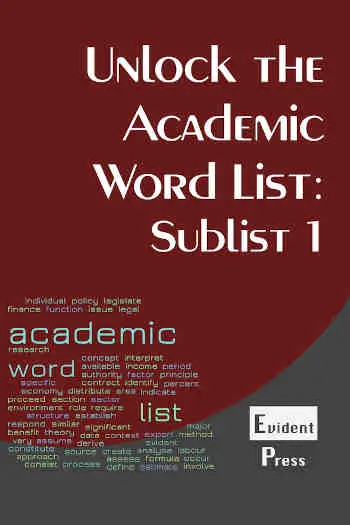Show AWL words on this page.
Show sorted lists of these words.


 







|
 Podcast is loading. Problems? Too slow? You can also access the Podcast by
clicking here.
Podcast is loading. Problems? Too slow? You can also access the Podcast by
clicking here.This message will disappear when then podcast has fully loaded.
Although English vocabulary study can seem overwhelming at times, it can be made more systematic by considering prefixes, suffixes and word roots, which are a useful way to build vocabulary. This page explains what these terms mean and gives reasons to study them. Some common prefixes, suffixes and roots are given in later sections.
What are prefixes, suffixes and word roots?
A prefix is a word component which is added to the beginning of a word to create a new word. Prefixes usually change the meaning of the word, but not the word form. For example, the prefix dis- can be added to the word similar to form the word dissimilar, meaning not similar.
- dis- (prefix) + similar (adj) → dissimilar (adj)
In contrast, a suffix is added to the end of a word to create a new word. Suffixes usually change the form of the word, rather than the meaning. For example, adding -ity to the word similar creates the word similarity and changes the word from an adjective to a noun.
- similar (adj) + -ity (suffix) → similarity (n)
Prefixes and suffixes are collectively referred to as affixes. A root or base is the word to which affixes are attached. In the examples above, the root is simil (also spelt simul), meaning like or resembling, to which the adjectival suffix -ar has been added. The word simulate and simultaneous also come from this root.
Why study prefixes, suffixes and roots?
Academic vocabulary contains a significant number of common prefixes, suffixes and roots, mostly of Latin or Greek origin. One reason to study them is that doing so may improve vocabulary comprehension and use. Additionally, knowledge of these can be helpful in guessing the meaning of unknown words. A final reason for studying these aspects of vocabulary is that many new technical or scientific words are made from common roots and affixes of Latin or Greek origin.
As noted above, most common prefixes, suffixes and roots are of Latin or Greek origin. Studying these will be easier - and lead to more improvement - for speakers of Romance languages such as French, Italian and Spanish, or speakers of Greek. Speakers of other languages, such as Asian languages, will find them more difficult to study, and may be advised to focus on only the most common ones. The following pages list only the most common examples of prefixes, suffixes and roots in English.
References
Hinkel, E. (2004) Teaching Academic ESL Writing: Practical Techniques in Vocabulary and Grammar. Mahwah, NJ: Lawrence Erlbaum Associates Inc.
Checklist
The following checklist summarises the information on this page. Use it to check your understanding.
| Area | OK | Comments |
| I know what prefixes, suffixes and roots are. | ||
| I understand reasons to study prefixes, suffixes and roots. |
Next section
Read more about prefixes in the next section, and see some common examples.
Previous section
Read the previous article about features of vocabulary.



